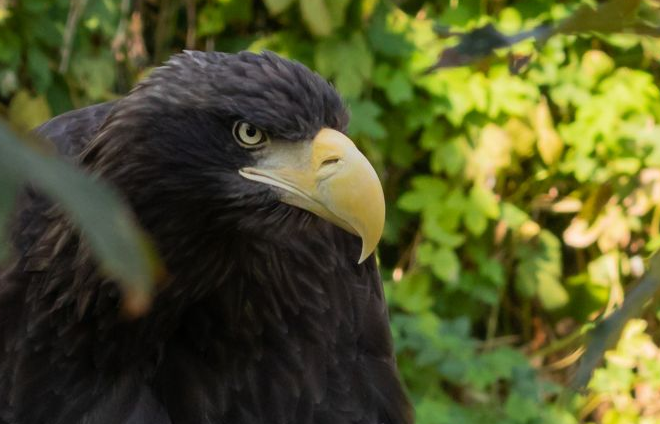Snow leopard is the Afghanistan National Animal, and it plays an important role in the country’s cultural identity.The snow leopard (Panthera uncia) is a large feline species that is native to the mountainous regions of Central Asia. It is known for its elusive nature, unique adaptations to high altitude environments, and striking appearance. However, this species is also threatened by a range of human activities, including poaching, habitat loss, and climate change. In this article, we will explore the behavior and adaptations of the snow leopard, as well as the threats it faces and the conservation efforts being undertaken to protect this iconic species.
Introduction to the Afghanistan National Animal
The snow leopard is a large feline species that is well adapted to living in high altitude environments. It is known for its thick, soft fur, which provides insulation against the extreme cold of its habitat. Snow leopards also have large, wide paws that help them navigate through deep snow and steep terrain. In Afghanistan, the snow leopard is an important symbol of national identity, appearing on the country’s coat of arms and currency.
Behavior and Adaptations
Snow leopards are solitary animals that are active at dawn and dusk. They are skilled hunters and prey on a variety of animals, including wild sheep, ibex, and marmots. Snow leopards have adapted to their high altitude environments in a number of ways, including increasing their lung capacity, developing a thick coat of fur, and having shorter limbs to conserve body heat.
Threats and Conservation of Afghanistan National Animal
Despite its cultural significance, the snow leopard is threatened by a number of human activities. Poaching is a major problem, as snow leopard fur and other body parts are highly valued in traditional medicine and the illegal wildlife trade. Habitat loss and degradation, including from mining and other development activities, are also major threats. Finally, climate change is causing the melting of glaciers and the loss of snow cover, which can have significant impacts on the snow leopard’s prey and habitat.
To address these threats, a number of conservation efforts are being undertaken. In Afghanistan, the Wildlife Conservation Society is working with local communities to establish protected areas and promote sustainable livelihoods. Worldwide, the Snow Leopard Trust is conducting research and developing community-based conservation programs to protect this species.
Cultural Significance and Folklore Surrounding Afghanistan National Animal
The snow leopard has long been an important symbol in the cultures of Central Asia. In Afghanistan, the snow leopard is seen as a symbol of strength, courage, and freedom. It features prominently in Afghan folklore and mythology, and is believed to have the ability to protect humans from evil spirits. Historically, snow leopard fur was also used in traditional clothing and other items.
Conclusion and Future Outlook
The snow leopard is an iconic species that plays an important role in Afghanistan’s cultural identity. However, this species is also under threat from a range of human activities, including poaching, habitat loss, and climate change. Conservation efforts are underway to protect this species, but much more needs to be done to ensure its survival. By raising awareness and supporting conservation efforts, we can help protect the snow leopard for future generations.
References:
Wildlife Conservation Society. (n.d.). Snow Leopard Conservation in Afghanistan. Retrieved from https://afghanistan.wcs.org/Wildlife/Snow-Leopard-Conservation-in-Afghanistan.aspx
Snow Leopard Trust. (n.d.). Our Work. Retrieved from https://www.snowleopard.org/our-work/
Snow Leopard Trust. (n.d.). About Snow Leopards. Retrieved from https://www.snowleopard.org/snow-leopard-facts/

